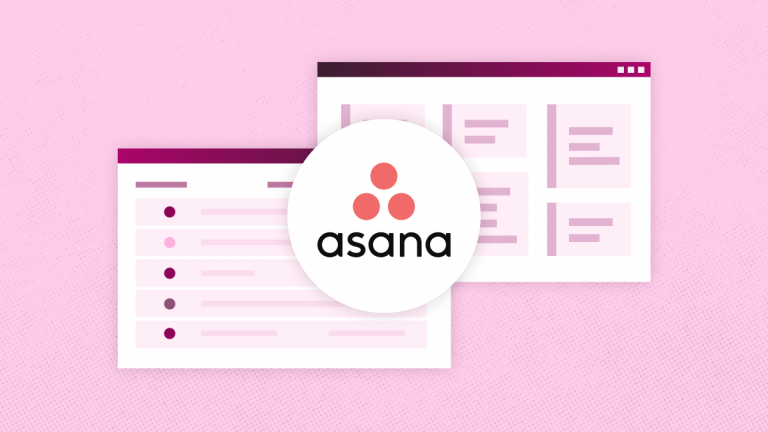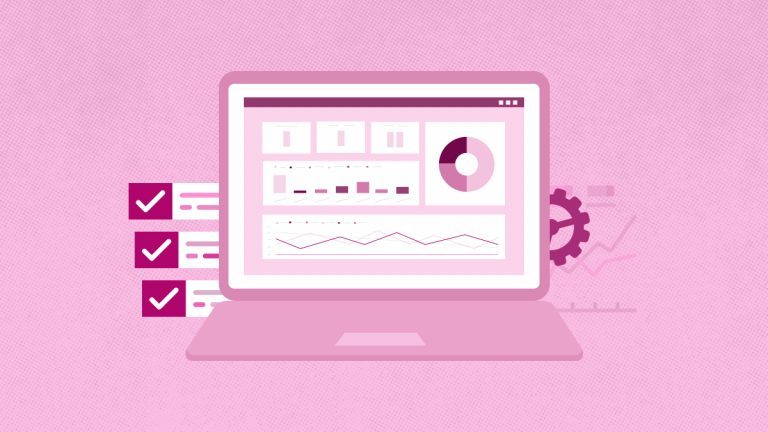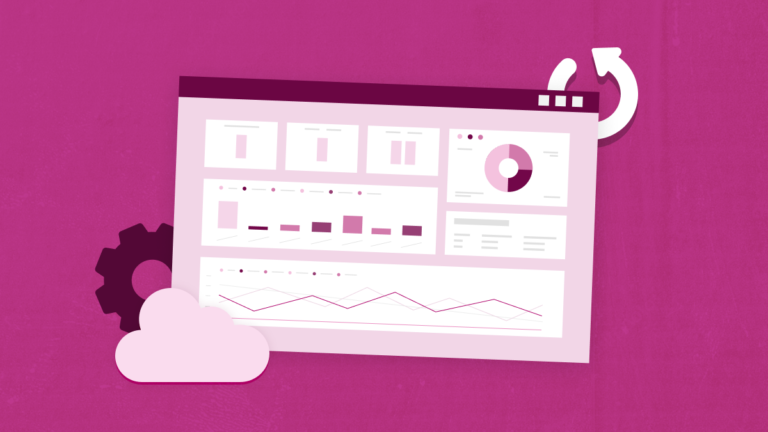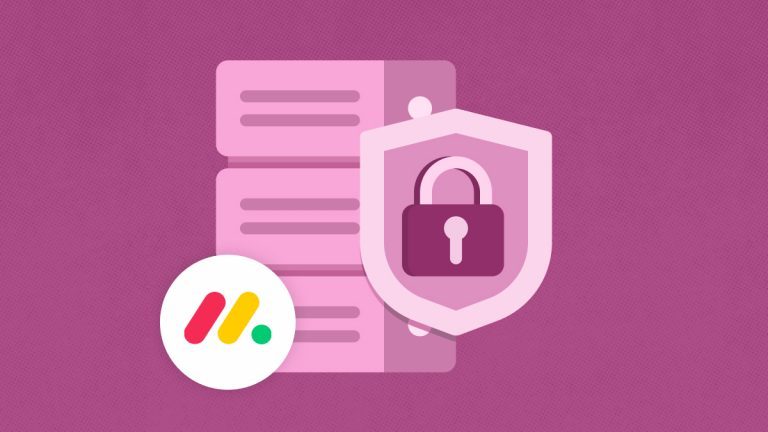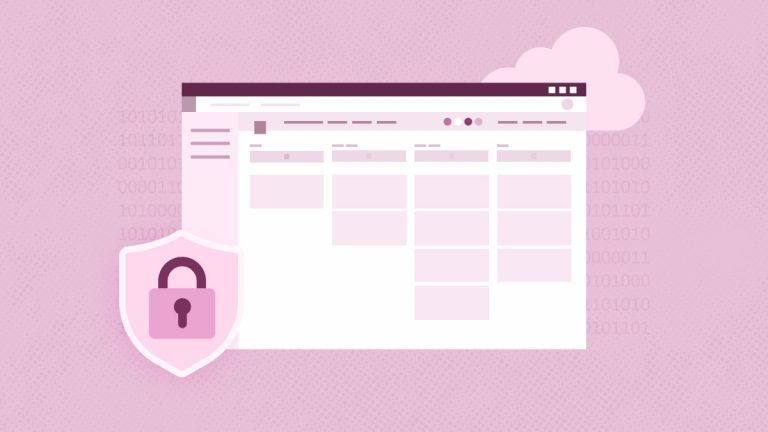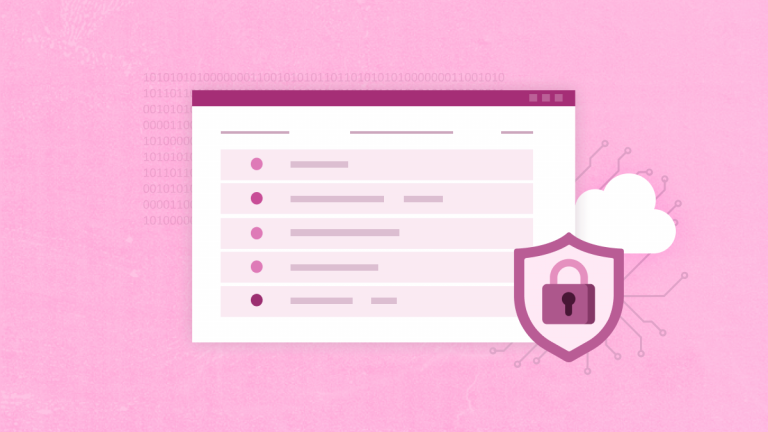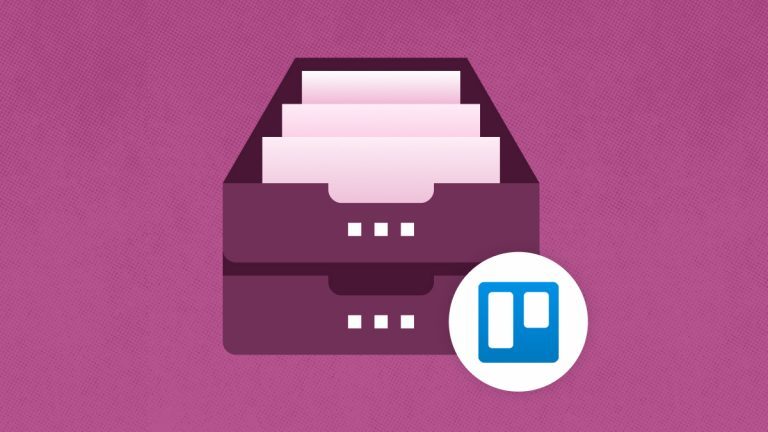
Elena Humeniuk
PPM Consultant
Assessing risks operates as a natural survival technique for organizations. Risk mitigation strategies determine if an enterprise succeeds or fails.
The sustainability of a business depends on active decision-making through past mistakes/issues evaluation, along with a careful assessment of upcoming opportunities for their potential impacts on business operations.
Organizations that want to decrease their risks need a clear understanding of risk types and prevention/ mitigation strategies. This article demonstrates how to develop a risk mitigation plan for business security while detailing risk types and reduction techniques.
What is risk mitigation?
Risk mitigation is used to reduce potential risks by creating plans that enable organizations to manage, remove, or minimize setbacks and their effects. Management executes the developed plan before tracking its progress to check for possible actions or adjustments.
Risk mitigation denotes actions that enable businesses to lower the scope of manageable perils below acceptable boundaries. Business strategy uniqueness dictates that using another business model for risk management proves ineffective, even though it seems tempting.
A business decision to develop a personalized risk mitigation strategy might protect client interactions and stop potential commercial losses. Before moving forward, exploring the main goal achieved through risk mitigation techniques is essential.
Why do you need to mitigate risk?
Risks remain even when you choose to ignore them. Without proper planning, mitigating the risks can also harm the financial outcomes. This is the reason why risk mitigation is a critical practice.
A planned approach that outlines specific action items enables you to stop risks from escalating or eliminate them. The practice of risk mitigation delivers concrete advantages to maintain business profitability. Additionally, it builds your organizational reputation for stability in the industry while keeping stakeholders content.
Operational risks result in the loss of time, monetary expenses, and vital organizational assets. Management changes can occur when stakeholders believe the existing risks remain too high due to the inadequate management of those risks. Risk mitigations are significant, but you must identify possible risks by understanding their nature before developing the relevant plan.
What is a risk mitigation plan?
A risk mitigation plan defines various strategies that minimize the frequency or magnitude of project risks that have already been identified. The process requires proper risk assessment and mitigation techniques, which are used for detection, followed by the evaluation of its impact, and the execution of steps. This helps either avoid or lower the risk impact. People tackle risks through avoidance, probability reduction, transferring risks, and preparing contingency plans for acceptance. Risk control responsibilities and tracking methods are included in the plan through specific time requirements and designated leadership assignments. Risk mitigation effectiveness maintains project stability with budget and timeline while allowing teams to handle uncertainties throughout project delivery to reach their goals swiftly.
Different types of potential risks
Several typical risks exist for the companies and include the following:
Compliance risks
An organization’s reputation and financial stability become vulnerable when it breaks rules or standards from external sources or internal systems. Breaking compliance regulations leads organizations to lose customers. This also results in paying heavy fines.
Legal risks
Legal risk occurs whenever a company fails to follow established regulations made by the government for businesses. Companies that encounter legal risks face the possibility of expensive lawsuits.
Strategic risks
An improper business strategy deployed by a company or an ineffective strategy leads to strategic risk.
Reputational risks
The public perception of a company may be damaged through its reputation risks. The negative impact of reputation-related risks leads to profit reduction, while shareholders show decreased trust in the company.
Operational risks
A business loses its profits through the operational activities it performs daily. Internal systems within a company and external elements produce operational risks.
What is a good process for risk mitigation?
The four main strategies to mitigate risks consist of avoidance, reduction, transfer, and acceptance:
Risk avoidance
Risk avoidance includes proactive actions that prevent possible risks from emerging. Compatibility with other resources or strategies must be established to perform all possible measures for risk avoidance.
A significant risk you might encounter is your inability to fulfill crucial project responsibilities because there are not enough qualified experts available. You would reduce the risk by acquiring multiple specialists to back up those who need to be absent.
The strategy needs you to determine your budget flexibility when considering additional resource hires because resource expansion reduces funding available for other areas.
Risk reduction
After completing the risk analysis, you would initiate steps to lower risk probability or minimize its possible consequences according to this mitigation strategy. A restricted budget presents a challenge when there are financial uncertainties about finishing a project.
Active control over budgetary costs will decrease the probability of such risks materializing. When dealing with this situation, you will need to make the necessary project scope adjustments.
Risk transfer
Transferring risks to other parties involves passing the risk consequences to them. Most enterprises pass their risks to insurance providers through payments for risk coverage. Contracts between suppliers, outsourcing partners, and contractors should also include risk transfer terms. Any commercial delays caused by external contractor deliveries of parts or services entitle the business to financial compensation from the contractor.
Risk acceptance
In this, risks are accepted in their present condition. The potential advantages of taking a risk exceed its dangers when a proper evaluation reveals that such benefits can deliver long-term value. One reason to use this strategy might be that the likelihood of risk happening remains low, or the adverse effects would turn out mto be inor. Businesses maintaining ongoing strategies to accept risks target their “Low” risk category items. Regular assessment of the chosen risk elements is essential for risk acceptance and effectiveness. Your risk assessment process should combine continuous monitoring of risk elements with the induction of your risk tolerance levels to determine if the current risk retention remains optimal.
The analysis has identified risk types and presented multiple risk mitigation approaches. The time has come to implement previous knowledge and develop risk-reduction strategies.
What is the best way to mitigate risk?
The implementation of project risk mitigation steps should maintain practicability. Your business suffers when you fail to define strategies to mitigate risks. Also, you do not define methods to effectively overcome the risks that threaten it.
The following five steps provide methods to identify solutions related to risk mitigation in project management. Let’s break it down.
-
Identify all possible risks
You should identify all risks affecting your project work or business operations. Group members representing different business perspectives should work together to maximize the discovery of all possible risks.
Project execution benefits from documentation information in the project files. Study completed comparable projects to discover future risk possibilities.
-
Conduct a risk assessment
With your potential risks gathered, you should start evaluating each entry to determine how likely they will happen and how much harm they could inflict on your business.
After conducting your risk assessment, the chosen response action for each risk will depend on its placed risk category. Implementation follows from categorization since you will accept “Low” risks while reducing or transferring “Medium” risks and avoid all “High” risks.
-
Treat the risks
You should now decide your mitigation strategy while implementing the corresponding plans of action. You should document every risk identification, category, and preventative step in a risk register.
A reference document will help everyone in the organization understand planned actions and needed steps during emergencies. Creating a risk register will eliminate confusion, allowing the team to maintain alignment and organization when risks materialize.
-
Monitor risks regularly
Businesses maintain a consistent state, and projects undergo ongoing modifications. Each risk assessment should remain continuous so you can validate its risk category and mitigation plan.
People adopt diverse methods when they do risk monitoring. Risks should be evaluated within weekly meetings or daily stand-up sessions for quick assessment. The project progression monitoring tools include S-curves, as well as statistical methods, which enable the detection of key variables such as cost and duration when their risk profile alters.
-
Report on any potential risks
Businesses achieve better outcomes through risk mitigation strategies by exchanging risk-related knowledge with established frameworks and protective measures. To make better decisions, stakeholders must have risk-related information, and periodic reporting must reveal previously unrecognized risks.
Business operations achieve their most effective risk mitigation by integrating risk reporting as a daily or weekly organizational activity component.
Conclusion
Understanding how to mitigate risk is essential for any organization to achieve stability and long-term success. Through effective risk identification and mitigation, businesses can anticipate potential threats and implement strategies to reduce or eliminate their impact. A well-structured plan helps ensure that each mitigated risk aligns with the company’s operational goals and resources. Organizations achieve higher mobility by conducting ongoing monitoring and periodic updates of their mitigation strategies in volatile operational settings. Integrating risk awareness systems within operational practices enables better strategic decisions and guards financial results. It obtains stakeholder trust, which allows businesses to construct a durable basis for enduring development.
Download whitepaper
to find out the best solution to protect your data against data loss risks






